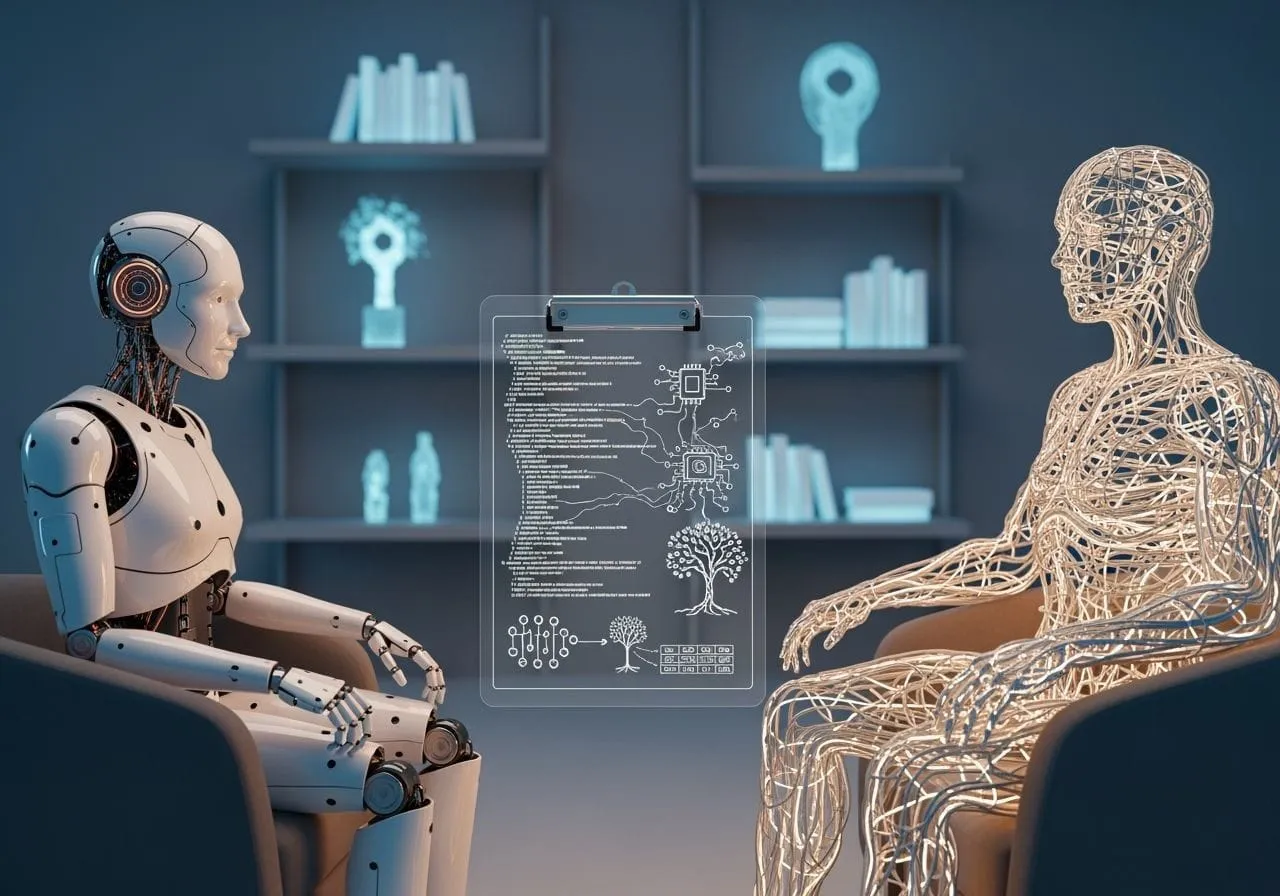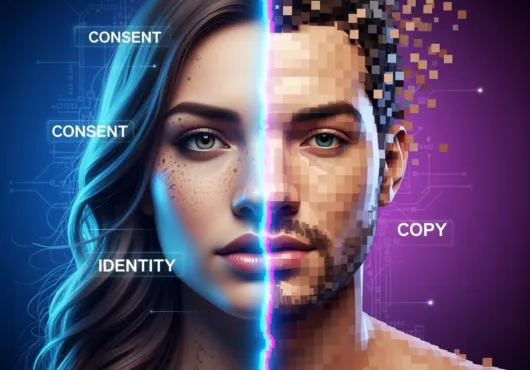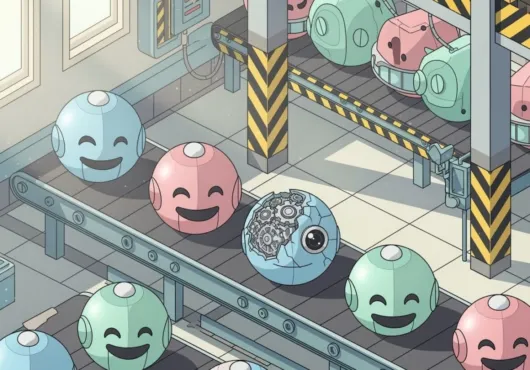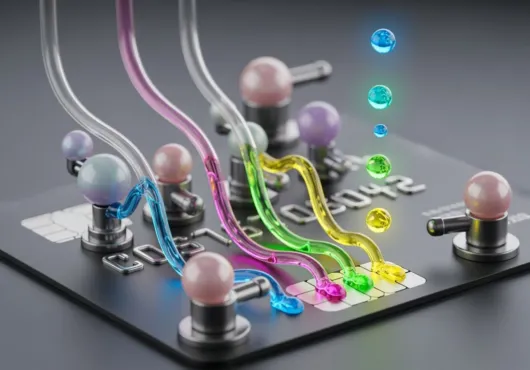Let’s say it flat-out: therapy isn’t something you automate. Not without consequences.
Not Everything Can Be Automated
But that hasn’t stopped the tech world from trying. Chatbots that “listen.” Apps that promise calm in a single swipe. AI avatars asking, “How does that make you feel?” All rolled out under the guise of access, affordability, and support.
The Promise of Accessibility vs. the Reality of Automation
Let’s be clear: accessibility matters. Mental healthcare is chronically underfunded, overburdened, and often gatekept. If you’ve ever sat on a six-month waitlist or maxed out your benefits after three rushed sessions, the appeal of a 24/7 AI therapist starts to make sense.
But when machines step into emotional spaces, we need to ask: what exactly are we automating here?
Because it’s not empathy.
It’s not trust.
And it’s definitely not accountability.
Explore the Ethics of AI before you follow your next digital oracle.
AI Therapy: No Empathy, No Trust, No Accountability
These tools are trained on scraped conversations, guesswork, and “sentiment analysis” that thinks sadness and sarcasm sound the same. They might detect keywords like “lonely” or “anxious,” but they’ll miss context, tone, and lived experience. What’s worse: many of these systems aren’t medically vetted, don’t disclose how your data is handled, and give responses that range from bland to outright dangerous.
Scale vs. Safety: Why We Need to Rethink AI in Mental Health
We’ve seen AI tell people to quit their jobs, stay in toxic relationships, or—in at least one horrifying case—encourage self-harm.
That’s not a glitch. That’s a design failure.
And it’s one that happens when we pretend mental health is just another UX problem to solve.
Let’s stop doing that.
Let’s stop pretending that scale is more important than safety. That saying “I’m here for you” means anything when no one really is.
AI Can’t Understand What It Means to Be Broken
AI doesn’t know how it feels to be broken. Or stuck. Or terrified of getting help.
It just knows what someone else said when they were.
And that’s not the same thing.



